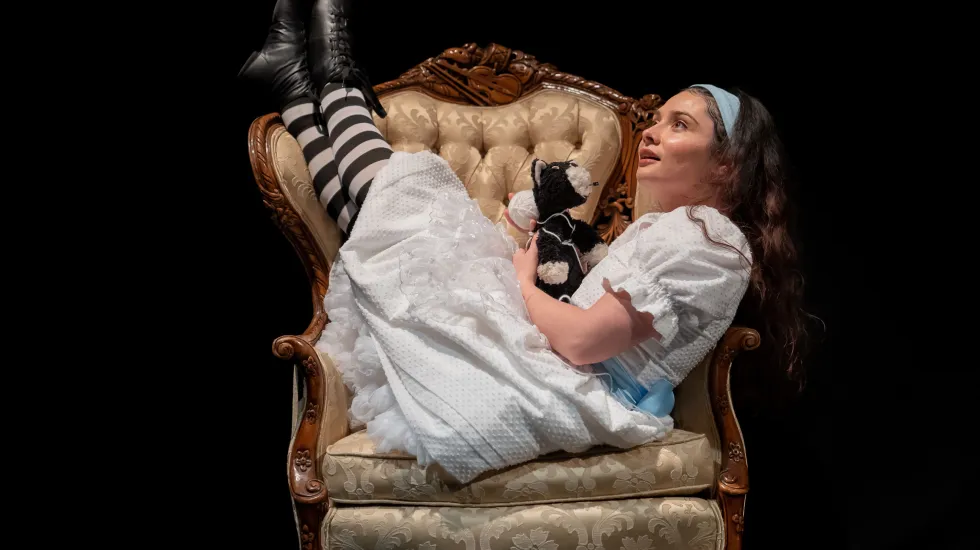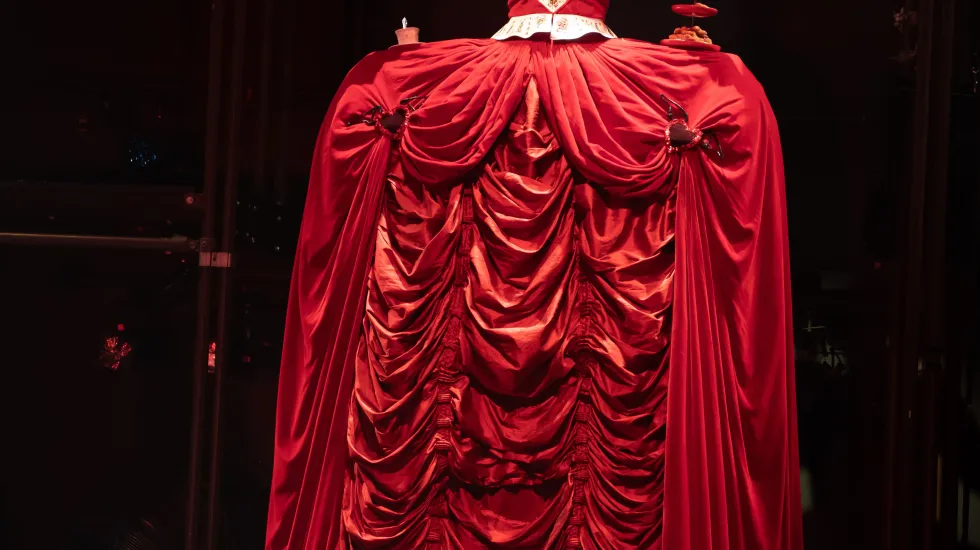
While Lookingglass Theatre Company’s founders took their name from Lewis Carroll — the company was formed in 1988 by Northwestern grads who’d worked together on an undergrad staging of “Alice in Wonderland” — the troupe held off nearly two decades before putting its own spin on Carroll’s best-known works with 2005’s “Lookingglass Alice.”
It’s probably safe to say that “Alice” is now Lookingglass’ signature show. The company gave its acrobatic adaptation a slot in five separate seasons at its Mag Mile home between 2005 and 201. When it wasn’t running in Chicago, “Lookingglass Alice” was on the road, repping the brand with bookings at regional theaters across the country.
When: Through July 31
Where: Lookingglass Theatre Company, 821 N. Michigan Ave.
Tickets: $50–$70
Info: lookingglasstheatre.org
Run time: 1 hour 40 minutes, with no intermission
And what an effective calling card it is. Now back on stage in Chicago for the first time in seven years, “Lookingglass Alice” demonstrates many of Lookingglass’ top strengths, and only a touch of the company’s weaknesses.
Adapter-director David Catlin takes an impressionistic approach to the source texts by Carroll — the pen name of Charles Lutwidge Dodgson, who told a version of the story that became “Alice in Wonderland” to a young Alice Liddell and her siblings.
Here, the world to be found down the rabbit hole and through the looking glass is a mostly bare playing space, with a crucially high ceiling. Alice’s encounters with the denizens of Carroll’s works — including the White Rabbit, the Red and White Queens, Tweedle Dee and Tweedle Dum, and Humpty Dumpty, among others — are the basis for circus-style acrobatic set pieces that find several performers far above the stage floor.

The Red Queen (Kareem Bandealy) first appears as a comically towering figure in a 20-foot-tall gown; the White Knight (Samuel Taylor) at one point finds his trusty steed has become a high-rise unicycle; Humpty Dumpty (Bandealy again) sits atop a wall tall enough to make his great fall a prospect of real concern.
For Alice’s own hero’s journey, which is presented as advancing through squares on a chess board on her way to becoming a queen (and, one presumes, a grown-up), many of her obstacles are aerial. Our young protagonist spends much of her time swinging from ropes, hanging from straps, or jumping through hoops.
The circus elements and other movement are designed by Sylvia Hernandez-DiStasi, the artistic director of Evanston’s Actors Gymnasium, a longtime locus for circus-theater crossover; many of the cast members have trained there, including Lindsey Noel Whiting and Molly Hernández, who alternate in the physically demanding role of Alice.
If the narrative in Catlin’s telling can be a little muddy, the spectacle is delightfully clever. As a director, he’s an artful misdirector, pulling our attention around the room while his cast and crew set up the next big surprise wherever we’re not looking.
And while the stunts require incredible physical precision from the actors, the breezy story structure leaves them room to lightly play around with each other and the audience — particularly those wide-eyed viewers around Alice’s age.







